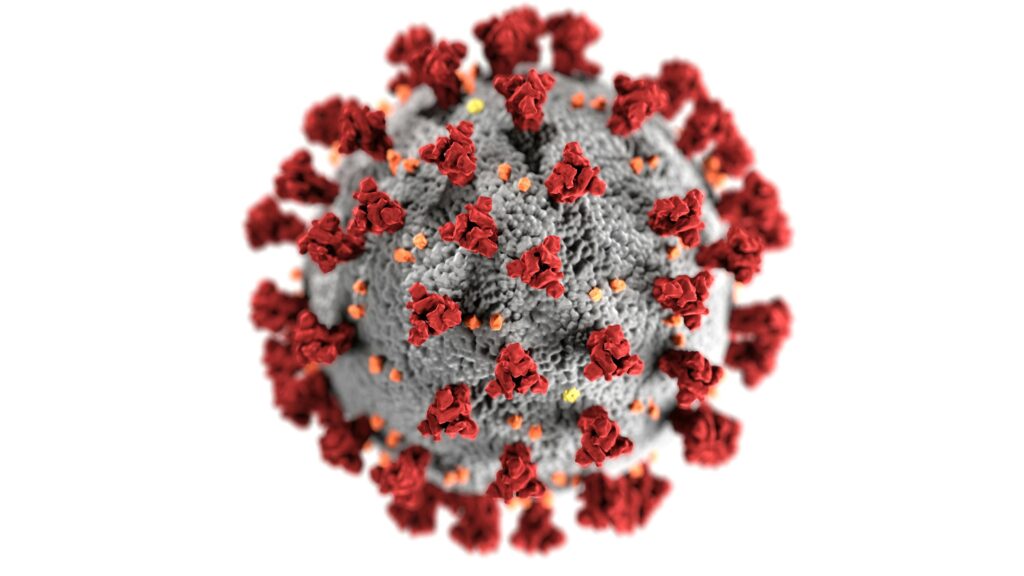Table of Contents
In recent years, the rise of monkeypox cases in India has posed significant challenges to the country’s public health and healthcare systems. A viral zoonotic illness known as monkeypox has been reported in various parts of the world, including India. The surge in monkeypox cases in India has caused concern among health officials, as they work to control the spread of this potentially dangerous virus.
Understanding Monkeypox and Its Symptoms
A viral illness, monkeypox is conveyed from animal to human and, in certain situations, from person to person. The monkeypox virus belongs to the same family as the smallpox virus, though it is generally less severe. The infection typically presents with flu-like symptoms, followed by a characteristic rash that progresses through various stages, from red spots to fluid-filled blisters. Monkeypox symptoms include fever, headache, muscle aches, swollen lymph nodes, and exhaustion, with the rash often starting on the face before spreading to other parts of the body.
As the number of monkeypox cases in India continues to grow, public awareness of monkeypox symptoms is crucial for early detection and treatment The monkeypox virus can take six to thirteen days to incubate, so it’s critical that anyone who thinks they may have been exposed to the virus seek medical assistance very once.

India’s Healthcare Systems’ Burden
The surge in monkeypox cases in India has placed additional strain on the country’s already stretched healthcare systems In addition to managing the increasing number of cases, hospitals and clinics are working nonstop to address the persistent problems brought on by various illnesses and ailments. The healthcare infrastructure, particularly in rural and underserved areas, faces significant challenges in terms of capacity and resources.
In the race to identify and treat monkeypox, medical professionals are leading the way. However, due to the relatively recent emergence of the virus in India, many doctors and nurses are still familiarizing themselves with the best practices for treating monkeypox cases. The large volume of patients and this learning curve have raised worries about possible delays in diagnosis and treatment.
Implications for Public Health
The spread of monkeypox cases in India also raises concerns for public health. In order to stop the monkeypox virus from spreading, the government and health authorities have put in place a number of measures, such as vaccination campaigns, contact tracing, and quarantine guidelines. However, public awareness and education remain key components in the fight against monkeypox. Educating the public on monkeypox symptoms and the importance of early detection can help prevent further transmission.
Public health initiatives play a critical role in debunking misconceptions about monkeypox and motivating individuals who think they may be afflicted to seek medical attention as soon as possible. In addition, the government is working to ensure that the monkeypox vaccine is available to high-risk individuals and frontline workers, helping to curb the spread of the virus.
Conclusion
The rise in monkeypox cases in India has significant implications for both public health and the healthcare systems in the country It is imperative that measures be made to strengthen the healthcare system, educate the public, and give enough resources for those fighting the virus as it spreads. With coordinated efforts and increased awareness of monkeypox symptoms, India can mitigate the impact of the monkeypox virus and protect its population from further outbreaks.
As the number of monkeypox cases in India continues to grow, public awareness of monkeypox symptoms is crucial for early detection and treatment The monkeypox virus can take six to thirteen days to incubate, so it’s critical that anyone who thinks they may have been exposed to the virus seek medical assistance very once.